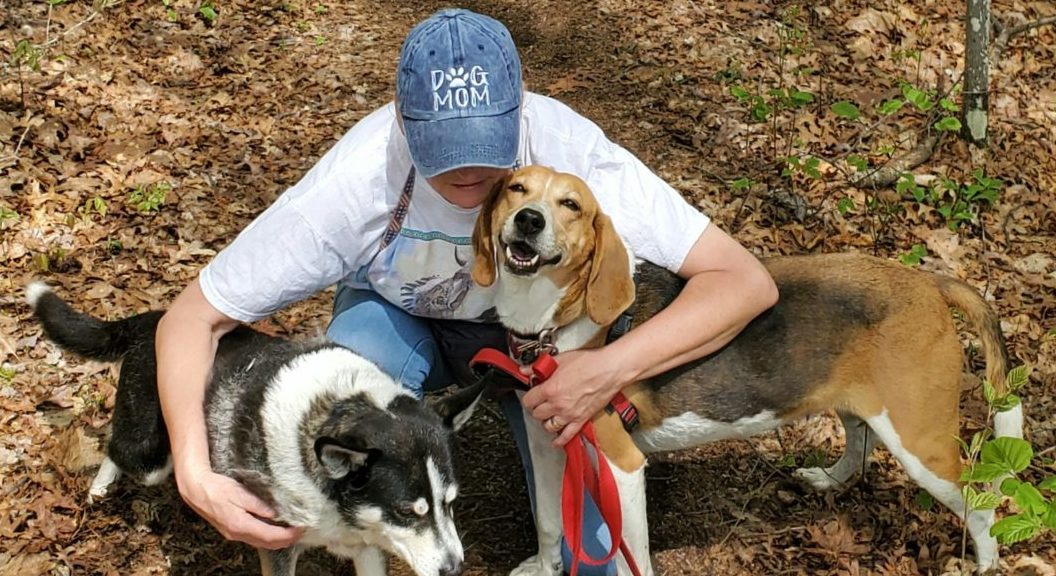This post first appeared on Care2.com

Our Rottweiler mix, Lucy, was 15 when she passed away. In the weeks that followed we watched Jason, our 8-year-old border collie mix, get more and more depressed. He spent a lot of time laying on Lucy’s bed with his face turned towards the wall. We felt sure that what he needed was a new companion. The problem was making a good match. Jason had only been 6-months-old when we adopted him as a companion for Lucy, and his puppy antics gave her renewed energy.
With that in mind, we adopted American foxhound Bella, a skinny 1-year-old, who had been rescued from a kill shelter in Virginia. She was used to living with a pack of hounds and always wanted to lay beside or on top of Jason. He wasn’t impressed but soon got used to her neediness. The problems started when Bella gained strength and we got to see her crazy playing style. She was too rough for our senior and didn’t respond well to his signals to back off. We had to constantly supervise playtime to make sure things didn’t get out of control.

We’ve all heard that an older dog becomes revitalized if you bring a younger dog into the family. Is that true? It very much depends on the dog and the family say experts at the Senior Dogs Project, a nonprofit that promotes the adoption of older dogs and provides information on the special care of seniors. In some cases, a puppy will “energize” an older dog, who will become more playful and begin to behave like a puppy herself again. However, some older dog simply won’t tolerate the changes made by another dog in her home.
Continue reading “Does Adding a Younger Dog to the Family Revitalize a Senior Dog?”







 Pomegranate comforting cupcake, a hospice foster.
Pomegranate comforting cupcake, a hospice foster.

 Mini Dachshund, Rosalie, safely tucked inside a carrier at the Purina Woofstock event in San Juan, PR. At home, Rosalie enjoys running and playing in the yard with her siblings.
Mini Dachshund, Rosalie, safely tucked inside a carrier at the Purina Woofstock event in San Juan, PR. At home, Rosalie enjoys running and playing in the yard with her siblings.